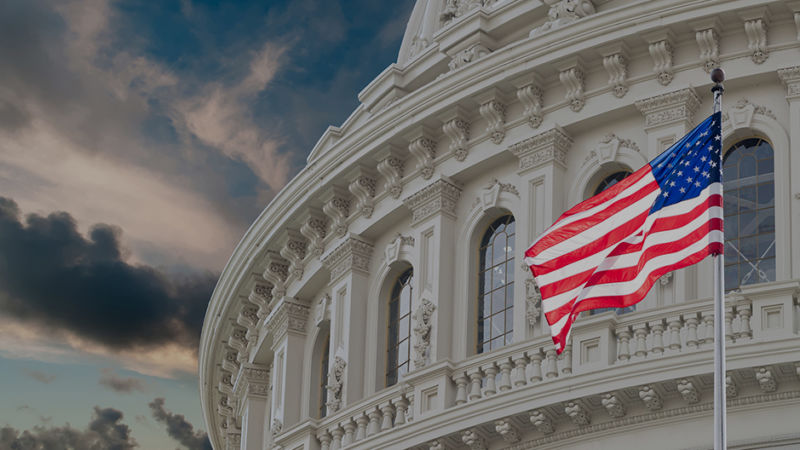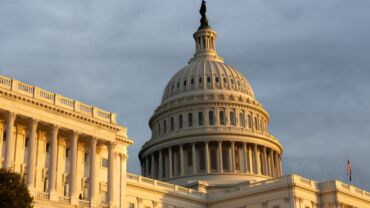At the recent ACAMS conference, a roundtable of regulators discussed the future of crypto-assets and how we could move to a more reliable, relevant & equitable regulatory landscape
LAS VEGAS — As digital assets of all kinds (cryptocurrencies, non-fungible tokens or NFTs, stablecoins, etc.) go increasingly mainstream, regulatory agencies across the US government have been working to develop policies aimed at managing and containing the many risks associated with digital assets, while also acknowledging the useful market potential of these very same assets.
In September, the White House issued its First-ever Comprehensive Framework for Responsible Development of Digital Assets, an aspirational document short on specifics but long on promises, including protecting consumers and investors, combating illegal finance schemes, and encouraging “responsible innovation” of financial products using the underlying blockchain technology that makes digital assets unique.
More regulation, please
To date, however, US regulatory agencies have mostly restricted their communication on digital assets to official advisories, notifications of enhanced enforcement of existing laws, and recommendations to Congress to get busy and pass some crypto-relevant legislation. Because until Congress grapples seriously with the many regulatory questions posed by digital assets, government agencies are somewhat handcuffed by the current legal framework for financial dealings, which was developed well before digital assets ever existed.
US regulatory agencies are not entirely without resources and strategies for dealing with the risks associated with digital assets, however.
At the recent 21st Annual Anti-Money Laundering & Anti-Financial Crime Conference, held by the Association of Certified Anti-Money Laundering Specialists (ACAMS), a panel of federal regulators shared their thoughts on managing digital assets and what their agencies are doing to support the president’s stated objectives. The panel included representatives from the Federal Reserve Board, the Federal Deposit Insurance Corp. (FDIC), the Financial Industry Regulatory Authority (FINRA), the Financial Crimes Enforcement Network (FinCEN), and the Officer of the Comptroller of Currency (OCC).
Enforcement: FinCEN & FINRA
On the enforcement side, representatives from both FinCEN and FINRA emphasized that their agencies are working hard to improve their technical capabilities to better keep up with criminals, while aggressively pursuing and prosecuting illegal financial activity of all kinds. They’re also seeking to strengthen their working relationships with banks and financial institutions to create a stronger public/private safety net.
Panelist Andrew McElduff, senior director of FINRA, which oversees non-bank financial institutions, said his agency has added a crypto-assets investigative team and created a “blockchain lab” — however, the team itself is new, so information-gathering is its top priority at the moment.
Another panelist, FinCEN’s Director of Office Compliance Jay Song, said the agency was in discussions about amending the Bank Secrecy Act (BSA) to address concerns about digital assets in the US financial system, but he also cautioned bank compliance officers (a large component of the ACAMS audience) not to wait for guidance from FinCEN. “Regardless of the absence of outright regulation, there is an obligation to meet BSA requirements,” Song said. “The fact that a regulation doesn’t exist for [a given financial activity] does not mean you can ignore the financial institution’s obligations under the BSA.”
US regulatory agencies have mostly restricted their communication on digital assets to official advisories, notifications of enhanced enforcement of existing laws, and recommendations to Congress to get busy and pass some crypto-relevant legislation
For banks and financial institutions, those obligations primarily involve following standard know-your-customer (KYC) protocols and filing suspicious activity reports (SARS), which FinCEN relies on to identify criminal financial activity of all kinds, including cyber-crime and crypto-fraud.
The Fed & the FDIC: Be careful
Likewise, panelist Lisa Arquette, associate director of anti-money laundering (AML) and cyber-fraud with the FDIC, noted that her agency has issued two institutional advisories this year: one asking FDIC-insured institutions to alert the FDIC if they intend to engage in — or are already engaging in — any crypto-related financial activity; the other warning about crypto companies that lead their customers to believe crypto deposits are insured by the FDIC, just like any other bank deposit, when they are not.
While the FDIC does support crypto-related financial activities that are “safe, sound, and legal,” Arquette said, she added that “we have concerns that crypto-related activities represent a risk to consumers, and that insured depository institutions face risks in effectively managing the application of consumer protection laws and regulations.”
In other words: Be careful, because danger lurks. Consumers beware.
The Federal Reserve Board’s deputy associate director, Suzanne Williams, offered a similar assessment of the crypto situation on the panel, noting that the Fed has issued guidance of its own and encourages banks to inform the Fed if they are contemplating involvement in a “crypto-asset relationship.” If they do, the Fed will help evaluate the wisdom of that relationship, she said, or at least identify the risks involved.
In the meantime, Williams reinforced the message that financial institutions offering crypto-related products to their customers (or thinking about it) should make sure they have the proper risk-management systems and controls in place, especially if those products are being outsourced to a third party.
The Fed: A digital dollar?
The Federal Reserve’s primary interest is in maintaining the stability of the traditional financial system, of course, so it exists in tension with other parts of the government that want to keep the door open to innovation that could lead to potentially lucrative new financial vehicles.
One innovation Arquette would not discuss, however, is the federal government’s interest in developing its own Central Bank Digital Currency (CBDC), a digital form of the US dollar that the government says should, if implemented, “protect consumers, promote economic growth, improve payment systems, provide interoperability with other platforms, advance financial inclusion, protect national security, respect human rights, and align with democratic values.”
That’s a lot to ask of a digital currency. What the government doesn’t say — but crypto enthusiasts understand implicitly — is that a US-backed CBDC would mean giving control of the currency’s blockchain over to the US government, which raises serious privacy issues and strikes many people as a step too far for Big Brother. For all of their risks and volatility, cryptocurrencies are kept on decentralized blockchains, so no government controls it, which is why crypto was created in the first place.
Leaders in both the traditional financial system and the decentralized finance, or De-Fi, industry agree that a more reliable, relevant, and equitable regulatory landscape needs to be established. Until further legislation is drafted, however, the government’s advice on digital assets of all kinds still amounts to: Be careful because danger lurks. Consumers beware.







